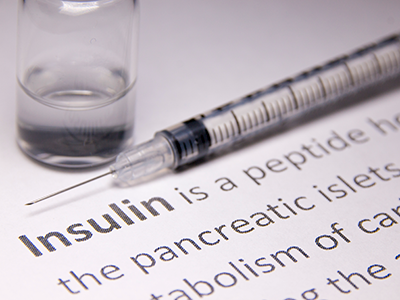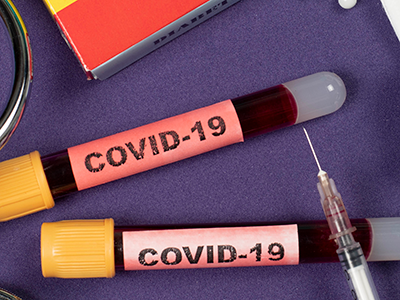It’s common for people who don’t have diabetes or who don’t know people with diabetes to confuse Type 1 diabetes and Type 2 diabetes. Here, Shideh Majidi, MD, MSCS, associate director of the Childhood and Adolescent Diabetes Program at Children’s National Hospital, explains the difference between the two conditions.
Diabetes is a condition in which sufficient amounts of the hormone insulin are either not produced, or the body is unable to use the insulin that is produced as effectively as it could before. Because the body uses insulin to help turn glucose in the blood stream into energy for cells, people with diabetes end up having high blood sugar (blood glucose) levels. If blood sugar levels stay high for a long time, damage to parts of the body and cells can occur.
Type 1 diabetes
Type 1 diabetes used to be called juvenile-onset diabetes or insulin-dependent diabetes. It is a condition that causes the immune system to destroy islet cells, which are the cells in the pancreas that produce insulin. Over time, this causes the body to stop producing insulin. To keep their blood sugar in a healthy range, people with Type 1 diabetes need to take insulin via injections or an insulin pump.
Overall, Type 1 diabetes is less common than Type 2 diabetes — about 5% of people with diabetes have Type 1. However, the majority of children and adolescents with diabetes have Type 1. Researchers believe Type 1 diabetes is caused by a combination of genetic and environmental factors.
Type 2 diabetes
Type 2 diabetes used to be called adult-onset or noninsulin-dependent diabetes. However, Type 2 diabetes can develop during childhood as well, typically after puberty has started. People with Type 2 diabetes develop insulin resistance, meaning the body cannot use insulin in the way it should. Sometimes Type 2 diabetes can be treated with diet and exercise or other non-insulin medications, and sometimes it also needs to be treated with insulin.
Different genetic factors play a role in type 2 diabetes. Unlike Type 1 diabetes, lifestyle factors — such as being overweight or inactive — can increase the risk of developing Type 2 diabetes. The incidence of Type 2 diabetes is on the rise due to obesity and other habits that put kids at risk for the condition.
Diabetes symptoms
Type 1 and Type 2 diabetes have similar symptoms:
- Blurry vision
- Fatigue, or feeling tired
- Excessive hunger or thirst
- Needing to go to the bathroom often
- Weight loss
- Bed wetting
The big difference between Type 1 and Type 2 diabetes is how these symptoms begin to show. Type 1 symptoms come on quickly while Type 2 symptoms begin to show over time and get worse as time goes on. Often, people with Type 2 diabetes can go undiagnosed for years.
Preventing Type 2 diabetes
While there is nothing that a parent can do to prevent their child from developing Type 1 diabetes, there are ways to help prevent or delay developing Type 2 diabetes:
- Get active. Go for walks, play ball or go to the playground. Children need at least 60 minutes of activity every day.
- Make sure your child maintains a healthy weight.
- Choose healthy snack option, such as fruit and vegetables.
- Drink more water and fewer sugary drinks.
Are you worried about your child’s mood and health? Researchers at Children’s National want to learn about stopping depression and diabetes in teenagers! Eligible youth ages 12-17 are invited to participate in a 6-week virtual group program with compensation provided. Click here for more information!
 https://riseandshine.childrensnational.org/wp-content/uploads/2022/04/checking-blood-sugar-on-teddy-bear-feature.png
300
400
Rise and Shine
https://riseandshine.childrensnational.org/wp-content/uploads/2017/11/childrens_riseandshine_logo.jpg
Rise and Shine2022-04-12 11:10:502023-06-29 10:45:13Type 1 versus Type 2 diabetes
https://riseandshine.childrensnational.org/wp-content/uploads/2022/04/checking-blood-sugar-on-teddy-bear-feature.png
300
400
Rise and Shine
https://riseandshine.childrensnational.org/wp-content/uploads/2017/11/childrens_riseandshine_logo.jpg
Rise and Shine2022-04-12 11:10:502023-06-29 10:45:13Type 1 versus Type 2 diabetes













Leave a Comment
Want to join the discussion?Feel free to contribute!